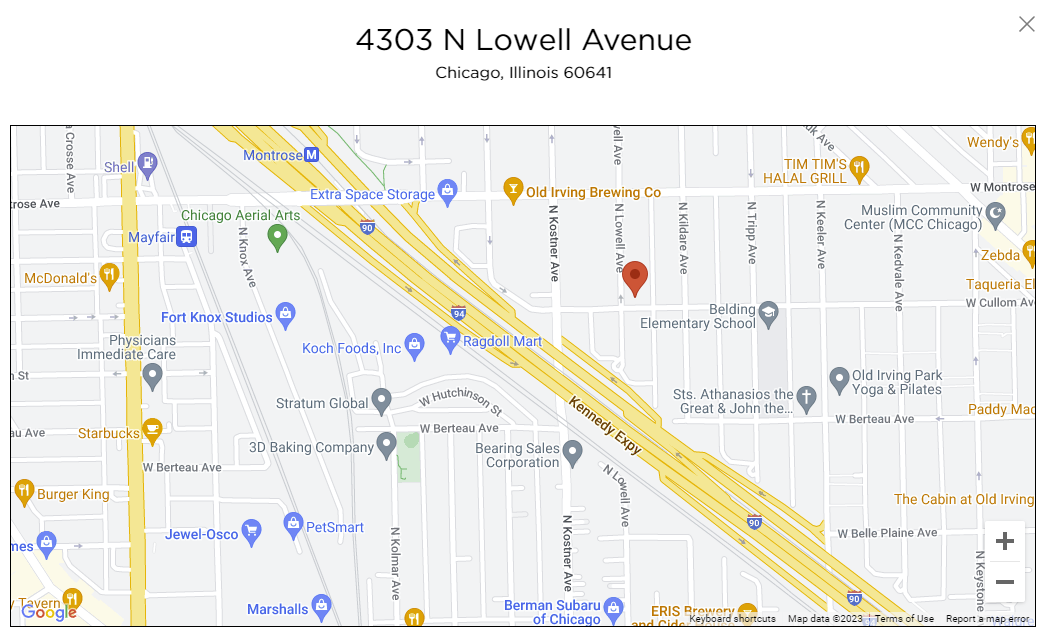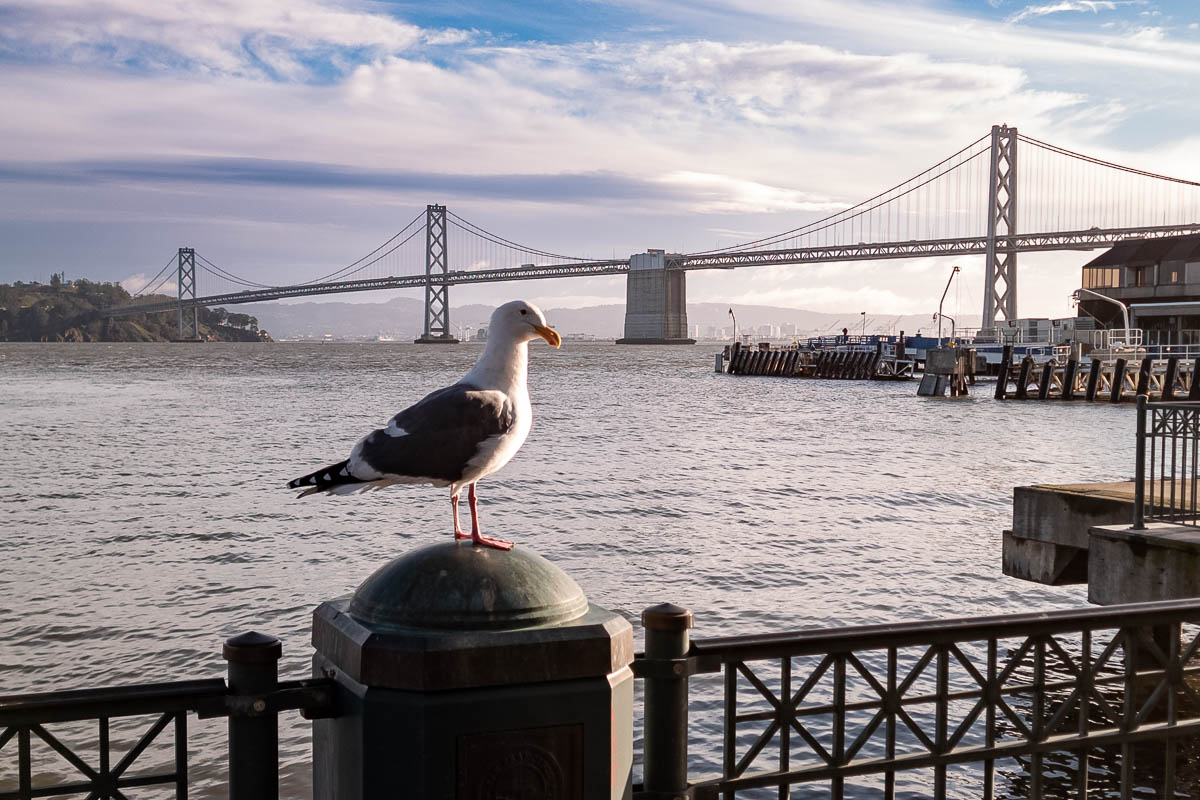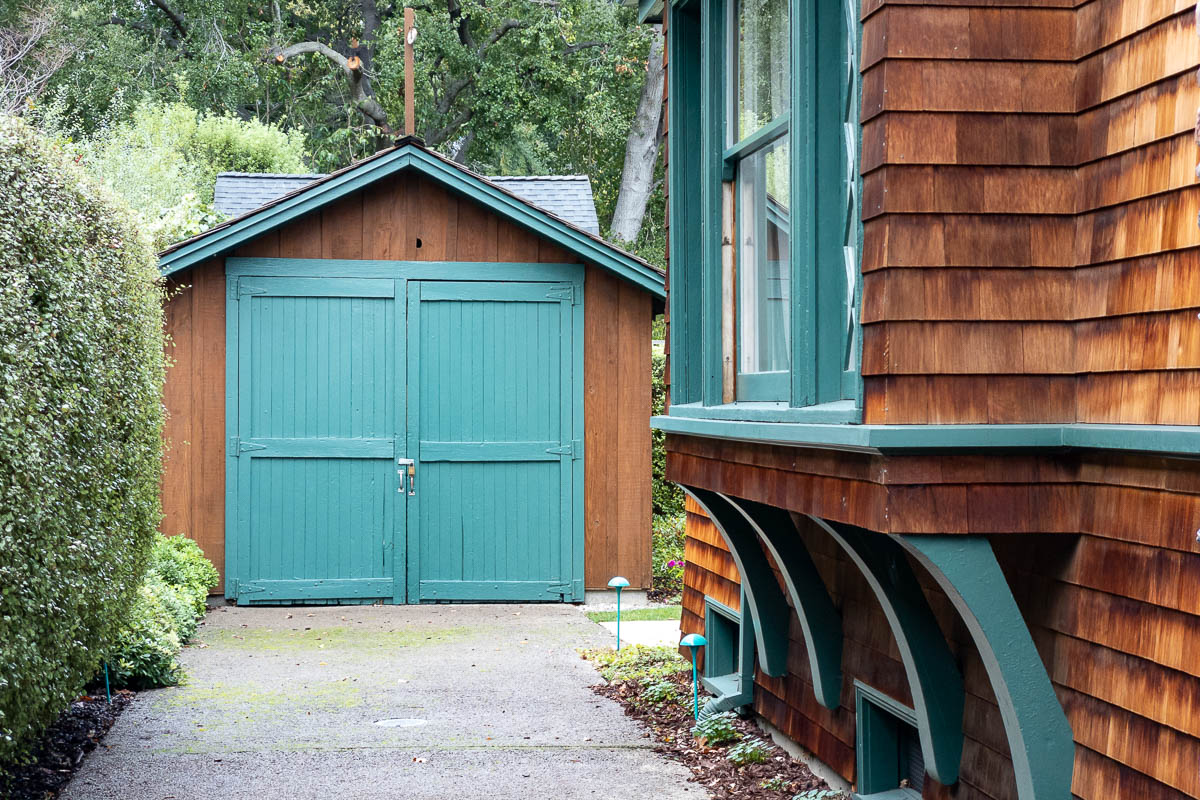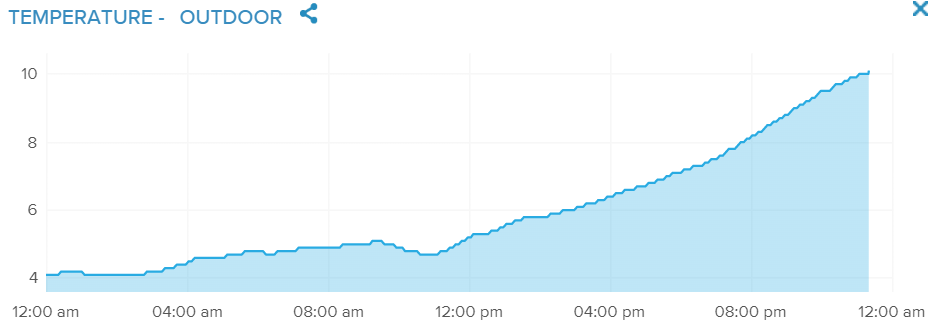Two writers in the Times looked at two different aspects of the Conservative party's ongoing vandalism to the United Kingdom. First, David Wallace-Wells tracks the post-Brexit economic declines:
By the end of next year, the average British family will be less well off than the average Slovenian one, according to a recent analysis by John Burn-Murdoch at The Financial Times; by the end of this decade, the average British family will have a lower standard of living than the average Polish one.
On the campaign trail and in office, promising a new prosperity, Boris Johnson used to talk incessantly about “leveling up.” But the last dozen years of uninterrupted Tory rule have produced, in economic terms, something much more like a national flatlining. In a 2020 academic analysis by Nicholas Crafts and Terence C. Mills, recently publicized by the economic historian Adam Tooze, the two economists asked whether the ongoing slowdown in British productivity was unprecedented. Their answer: not quite, but that it was certainly the worst in the last 250 years, since the very beginning of the Industrial Revolution. Which is to say: To find a fitting analogue to the British economic experience of the last decade, you have to reach back to a time before the arrival of any significant growth at all, to a period governed much more by Malthusianism, subsistence-level poverty and a nearly flat economic future.
As Burn-Murdoch demonstrates in another in his series of data-rich analyses of the British plight, the country’s obvious struggles have a very obvious central cause: austerity. In the aftermath of the 2008 global financial crisis, and in the name of rebalancing budgets, the Tory-led government set about cutting annual public spending, as a proportion of G.D.P., to 39 percent from 46 percent. The cuts were far larger and more consistent than nearly all of Britain’s peer countries managed to enact; spending on new physical and digital health infrastructure, for instance, fell by half over the decade. In the United States, political reversals and partisan hypocrisy put a check on deep austerity; in Britain, the party making the cuts has stayed steadily in power for 12 years.
Over two centuries, a tiny island nation made itself an empire and a capitalist fable, essentially inventing economic growth and then, powered by it, swallowing half the world. Over just two decades now, it has remade itself as a cautionary tale.
The Tories' lazy malfeasance in promoting and then implementing Brexit may also unwind 25 years of community-building on Eire in ways literally everyone predicted, says writer Christopher Caldwell:
Ireland remains part of the European Union but Northern Ireland no longer is — and yet the two parts of the island are bound by trade and a 25-year-old peace treaty that helped defuse a terrorist conflict between Protestant unionists and Catholics.
Those loose ends were tied up in a little-understood clarification of Brexit called the Northern Ireland protocol, ratified in January 2020. It looked like a mere codicil three years ago; now it looks like a serious diplomatic blunder that could threaten Britain’s territory and the region’s peace.
[Former Prime Minister Theresa] May promised — too hastily, in retrospect — to honor the 1998 Good Friday peace agreement among Britain, Northern Ireland’s political parties and the Republic of Ireland. One of the main things the agreement did was to bind together the economies of Ireland’s north and south. But adapting that arrangement to a post-Brexit world came at a steep constitutional price for the north. To protect the European single market against smuggling and the transfer of unauthorized goods through Northern Ireland, a customs border would be established between Northern Ireland and Britain. To administer the single market, the European Court of Justice was given authority to interpret E.U. law in Northern Ireland.
Caldwell seems to favor UK independence from the EU, but he makes a good point. Something has to give. And it looks like even odds whether Brexit winds up unifying Eire into one Republic of Ireland, or reigniting the Troubles. Can't wait to find out...
I've written before about urban highways, never favorably. Ploughing massive roads through dense urban areas has done incalculable damage to North American cities that tearing them down or burying them has only just started to fix—but usually with an order of magnitude more cost than their initial construction.
Today I got an innocent little email listing houses for sale around Chicago, both because I'm interested to see what's out there, and also because I've been too lazy to turn it off since I last moved. But one house stood out today: a beautiful, 4-bedroom Victorian built in 1898 with a lovely wraparound porch, tons of light and air, steps from everything.
I would love to live in a house just like this. In fact, there are similar houses near me, with price tags around $2-$3 million.
This stately lady in Old Irving Park can be yours for only $750,000. And that jaw-dropping difference in value is entirely due to its location.
You see, even though this house is steps from everything—only four blocks to the Metra, three blocks to the El, close to the shops in the historic commercial corridor along Elston—it's also just 200 meters from the 10-lane I-90/94 expressway:

I mean, holy hell. Getting to the El or to the Metra stations at Mayfair or Irving Park requires crossing all those lanes of traffic. I've done it; the Montrose and Irving Park bridges are soul-crushing for pedestrians. Worse, the Keeler underpass (which you'd take to the Irving Park station) requires you to cross two entrance and exit ramps on either side of a half-block-long underpass.
I'm not even going to talk about how loud the 10 lanes of traffic must be.
In short, this beautiful house, "the second built in the area," can't get anywhere near the price it would had the city not destroyed the neighborhood in the 1950s.
Sad.
In other news:
And finally, a glimmer of hope that the 10-year project to build one damn railroad station near my house might finally finish in the next few weeks.
I love this chart from Twitter user Jay Cuda:
If you don't want to click through to Twitter, here's Jay's chart:
.jpg)
The chart doesn't tell the whole story, does it? For example, both Chicago teams, both New York teams, Boston, DC, Seattle, Philadelphia, and Oakland are all about the same distance from downtown, but easily accessible by train. (Chicago's are both on the same El line, in fact.) Atlanta's and LA's parks, by contrast, are approximately the same distance but completely inaccessible by any form of public transit. (Atlanta's new park even appears deliberately located to prevent those people from getting there.)
I speak from personal experience, as long-time Daily Parker readers know: I've been to every one of them, except the new Atlanta park, which I refuse to visit because of its anti-democratic location.
Just a pre-weekend rundown of stuff you might want to read:
- The US Supreme Court's investigation into the leak of Justice Samuel Alito's (R) Dobbs opinion failed to identify Ginny Thomas as the source. Since the Marshal of the Court only investigated employees, and not the Justices themselves, one somehow does not feel that the matter is settled.
- Paul Krugman advises sane people not to give in to threats about the debt ceiling. I would like to see the President just ignore it on the grounds that Article 1, Section 8, Article VI, and the 14th Amendment make the debt ceiling unconstitutional in the first place.
- In other idiotic Republican economics (redundant, I know), Rep. Buddy Carter (R-GA) has proposed a 30% national sales tax to replace all income and capital-gains taxes that I really hope the House passes just so the Senate can laugh at it while campaigning against it.
- Amazon has decided to terminate its Smile program, the performative-charity program that (as just one example) helped the Apollo Chorus raise almost $100 of its $250,000 budget last year. Whatever will we do to make up the shortfall?
- How do you know when you're on a stroad? Hint: when you really don't want to be.
- Emma Collins does not like SSRIs.
- New York Times science writer Matt Richtel would like people to stop calling every little snowfall a "bomb cyclone." So would I.
- Slack's former Chief Purple People Eater Officer Nadia Rawlinson ponders the massive tech layoffs this week. (Fun fact: the companies with the most layoffs made hundreds of billions in profits last year even as market capitalization declined! I wonder what all these layoffs mean to the shareholders? Hmm.)
- Amtrak plans to buy a bunch of new rail cars to replace the 40-year-old rolling stock on their long-distance routes. Lots of "ifs" in there, though. I still hope that, before I die of old age, the US will have a rail travel that rivals anything Europe had in 1999.
- The guy who went to jail over his fraudulent and incompetent planning of the Fyre Festival a couple of years ago wants to try again, now that he's out.
Finally, Monica Lewinsky ruminates on the 25 years since her name popped up on a news alert outing her relationship with President Clinton. One thing she realized:
The Tonight Show With Jay Leno died in 2014. For me, not a day too soon. At the end of Leno’s run, the Center for Media and Public Affairs at George Mason University analyzed the 44,000 jokes he told over the course of his time at the helm. While President Clinton was his top target, I was the only one in the top 10 who had not specifically chosen to be a public person.
If you don't follow her on social media, you're missing out. She's smart, literate, and consistently funny.
First, on the flight from Dallas to San Francisco, this handsome boi slept peacefully on the floor four rows ahead of me:

Bane is a malamute mix, 11 years old, and here in the SFO baggage claim area, very tired.
Monday morning, I walked over to the Ferry Terminal on my way to the Caltrain terminal at 4th and King. This guy posed long enough for me to compose and take a shot:

I don't know his name, or even whether he's male. Sorry.
Later, in Palo Alto, I stumbled upon this historic site:

That's the garage at Dave Packard's house where he and Bill Hewlett created their company in 1939.
I didn't bring my real camera to San Francisco this time because I thought it would rain throughout the trip. Next time, though.
New Zealand's prime minister, Jacinda Arden, just resigned unexpectedly, which is a much more surprising story than any of these I queued up:
Finally, I'm glad to discover that ibuprofen may be more effective than acetaminophen for treating tension headaches, so I will now take one.
I just got an alert that the outside temperature at my house went above 10°C:

It's mid-January, and my house in Chicago is only 2°C cooler than San Francisco. (O'Hare is only 1°C cooler.)
Maybe I have the wrong attitude. Chicago will likely have its 2nd or 3rd warmest January in history, followed by a warm and lovely spring, with flowers and sunshine for all. So I should just enjoy it. Cassie sure is.
I keep saying that the decently-governed city whose winters have gotten remarkably better in my lifetime next to the largest source of fresh water in the country will, as I've predicted for years, become a pretty good place to live in a 2°C-warmer environment. After all, a 10°C HVAC delta between inside and outside in July is less costly than a 40°C delta in February. (Seriously, if you like the idea of having unlimited fresh water to drink and only a few days a year with weather that can kill you, move to Chicago.)
And yet, I'm solidly Generation X. We learned from a young age that when things seem way better than we expected, they'll average out with a vengeance soon enough.
Sure, Chicago has a better chance of success than any other city its size over the next 100 years. But tens of millions will die worldwide and hundreds of millions will have to move after the first pulse. Then we'll have another pulse. Then a third. When my nephews' grandchildren explore the world, they'll volunteer on farms in Greenland and surf beaches outside Raleigh, and they might be the last people who taste real maple syrup.
If I found a djinn, my first wish might be that people worldwide understand that, if we continue to deny how much we're affecting the world, we'll only have a few places (like Chicago) that people will want to live in. If only that were enough.
One Daily Parker reader sent me this clarification that the big hole in CA-92 preventing people in Half Moon Bay, Calif., from reaching Silicon Valley is not, technically, a sink hole:
The first thing to know about that sinkhole that opened on Highway 92 on Thursday: It’s not a sinkhole:
Geologists make a distinction between sinkholes, which require a particular blend of soils — limestone, salts, gypsum and other components — and caverns that appear with water due to engineering failures, aging infrastructure or simply not building enough capacity to handle the kind of runoff experienced in San Mateo County this month. They also note it’s a distinction without a difference for anyone stuck in traffic.
“Even scientists can’t always agree whether we want to call them sinkholes,” said Randy Orndorf, a research geologist for the USGS in Reston, Va., who is known as the sinkhole expert within the service. “I think about 20 years ago when I started doing research, we tried to say these are infrastructure failures and people still wanted to call them sinkholes.”
For the most part, sinkholes are limited to regions of karst terrain, which underpin about 25 percent of the United States land mass. Sinkholes are most common in these areas, where the underlying soil simply dissolves in water. Sinkholes are most common in Florida, Alabama, Missouri, Kentucky, Texas, Tennessee and Pennsylvania, according to the USGS. No one knows how many sinkholes develop in a given year because most likely occur in remote areas.
(The photo caption really summarizes things well: "Geologists say this isn't a sinkhole, but they acknowledge it doesn't really matter what you call it.")
Thanks for filling us in, USGS. (Actually, I love this kind of journalism. What can you say about rain in California? Let's dig into the issue! [Sorry.])
And every time I think about sinking, I sink of this:
Staring out a window at the Terminal A parking garage at DFW Airport, I pause to check my email. Top of the pile I see this lovely report from MSNBC:
Californians should brace for flooding and possible landslides as “heavy to excessive rainfall” is expected over the weekend and into next week, forecasters warned early Saturday.
With recovery efforts continuing in parts of the state which was battered by storms earlier this week, the National Weather Service said in a bulletin that a couple of Pacific storm systems were forecast to impact the West this weekend “bringing heavy lower elevation rain, significant mountain snow, and strong winds.”
The first system would approach the coast Saturday and move inland, the bulletin said, adding that there were “multiple slight risks of excessive rainfall,” that could lead to localized instances of “urban and small stream flooding as well as mudslides.”
What does NWS say about downtown San Francisco?
Tonight
Showers and possibly a thunderstorm before 1am, then rain likely, mainly between 1am and 4am. Some of the storms could produce heavy rain. Low around 9. West wind 14 to 16 km/h, with gusts as high as 32 km/h. Chance of precipitation is 90%. New rainfall amounts between 5 and 7.5 mm possible.
Sunday
Rain, mainly after 10am. High near 12. Southwest wind 11 to 18 km/h. Chance of precipitation is 80%. New precipitation amounts between 2.5 and 5 mm possible.
Sunday Night
Rain. Low around 8. East southeast wind 19 to 29 km/h decreasing to 5 to 15 km/h after midnight. Winds could gust as high as 40 km/h. Chance of precipitation is 100%. New precipitation amounts between 1 and 2 cm possible.
M.L.King Day
Rain, mainly before 10am. High near 12. Breezy, with a west northwest wind 26 to 35 km/h, with gusts as high as 47 km/h. Chance of precipitation is 80%. New precipitation amounts between 1 and 2.5 mm possible.
Monday Night
A 20 percent chance of rain before 10pm. Mostly clear, with a low around 7.
Tuesday
Sunny, with a high near 12.
Lovely. Perhaps I'll get my morning coffee before it starts to rain again tomorrow?